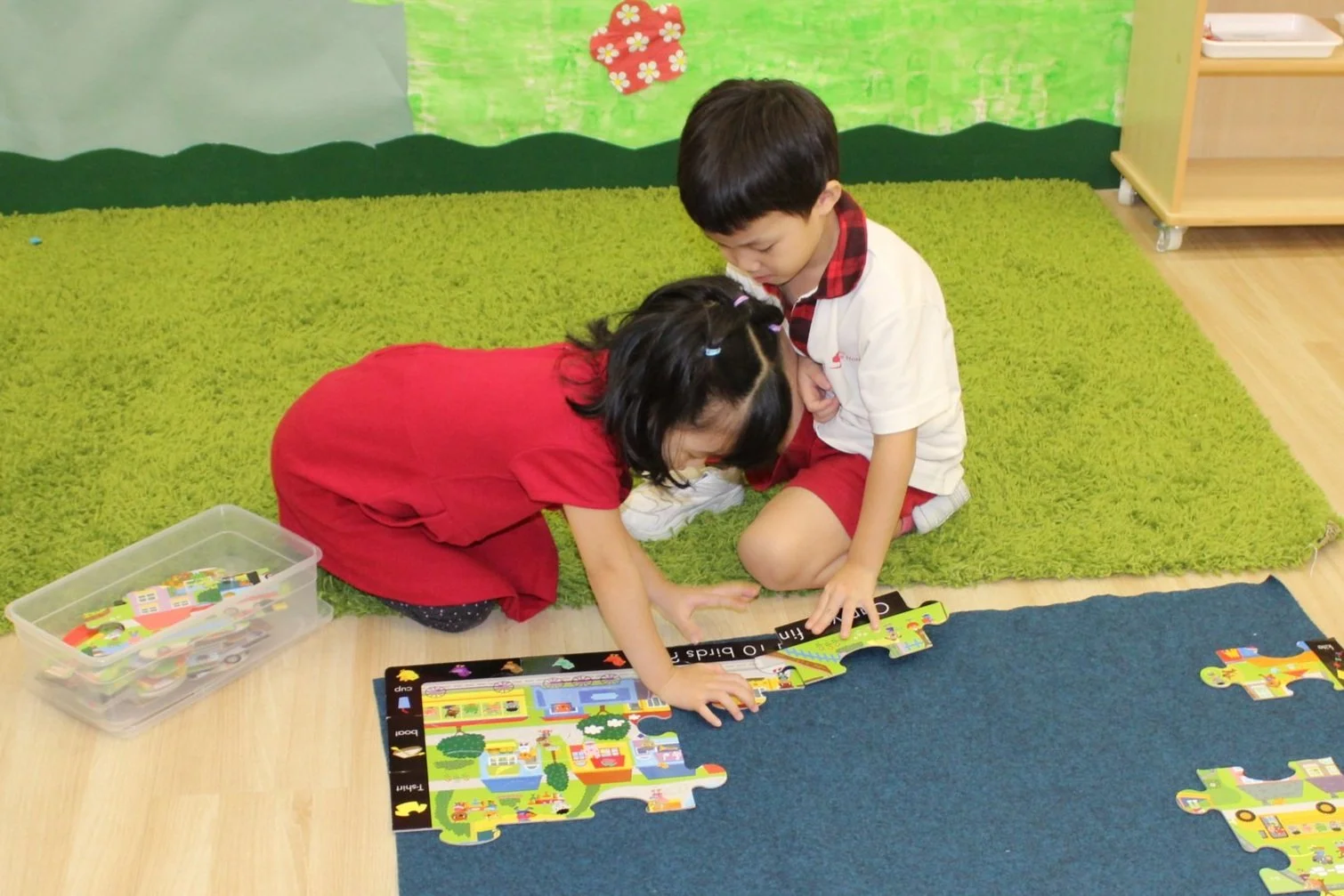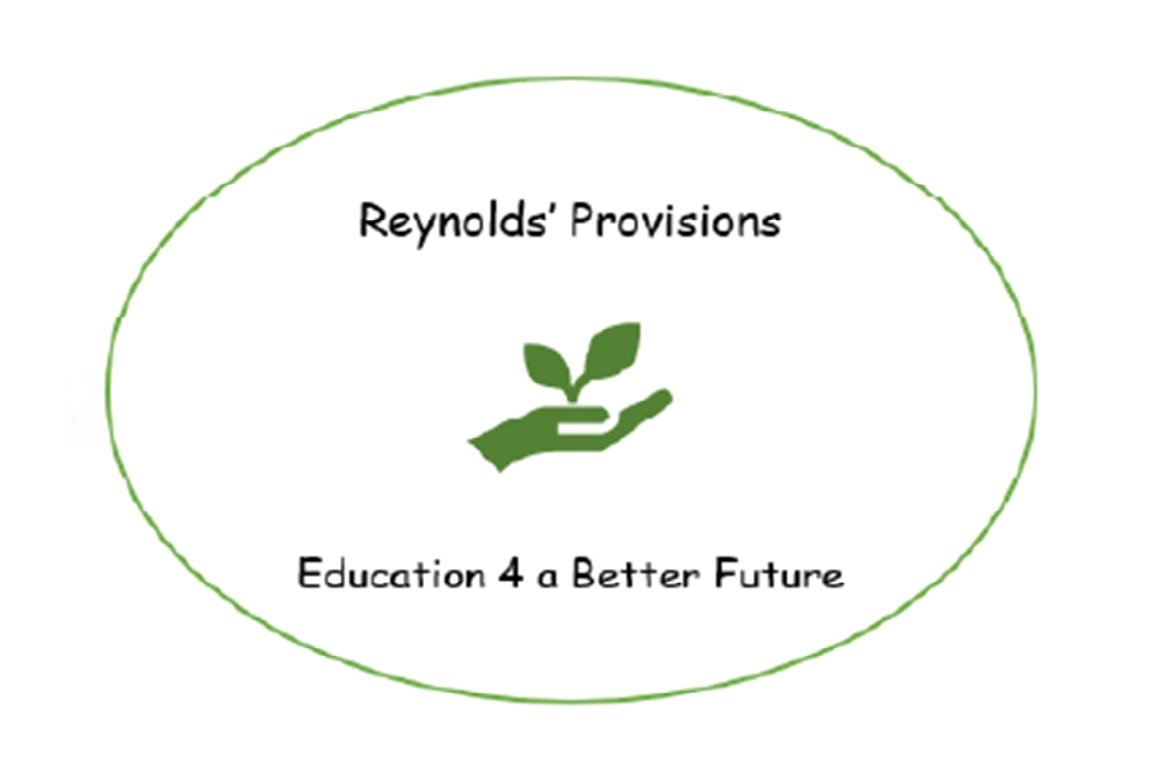
A safe and healthy environment is essential for learning When students feel physically and emotionally safe, they are more likely to participate, take academic risks, and develop positive relationships with peers and teachers. A healthy environment also minimizes distractions caused by illness, stress, or unsafe conditions, allowing for consistent attendance and engagement.

During the COVID-19 pandemic, we hand-sewed and donated over 650 face masks to food pantries, schools, and other community agencies to help meet the urgent health and safety needs of children and educators. This effort provided critical protective gear at a time when masks were in short supply, helping to reduce the spread of the virus in vulnerable environments. By supplying masks to schools and child-focused organizations, we supported the safe continuation of in-person learning and ensured that families and educators—especially those in under-resourced areas—had access to basic protection.

When teachers understand and implement proper health protocols, they create a stable environment where students can attend school regularly without frequent disruptions due to sickness. Proper training empowers educators to protect both physical health and academic continuity, which are essential for students’ well-being and achievement.

Every child learns from their immediate environment. A healthy environment is vital to children’s educational success because it directly affects their physical well-being, emotional security, and cognitive development—all essential foundations for effective learning. When children are in a clean, safe, and nurturing setting, they are less likely to experience illness, stress, or distraction, allowing them to focus on learning tasks.
